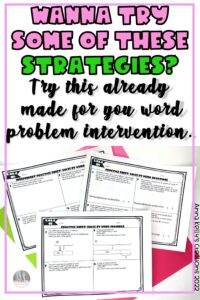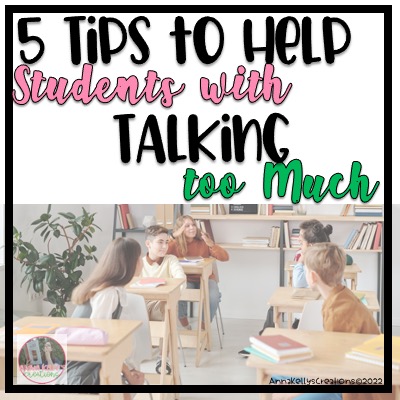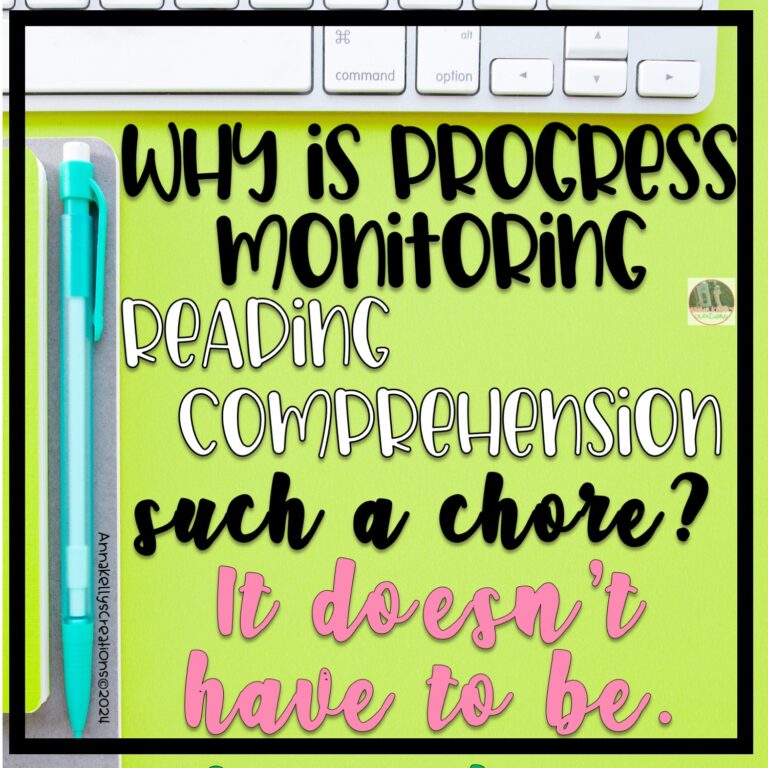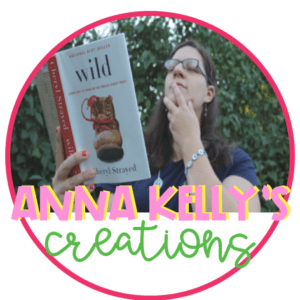
Math Word Problem Solving Strategies Other Than Keywords
I have a confession to make.
I don’t use keywords as my main math word problem solving strategy.
Trust me, I can feel your judgement through this computer screen. But before you judge me too hard, let me tell you why that is.
You’ve likely printed off the list of math keywords for your students to paste in their notebooks or hung anchor charts with color-coded keywords by operation around your classroom. You’ve emphasized the importance of memorizing these words to solve math word problems. We’ve all done it before. Yes, even me.
But here’s the problem with those math keywords. They don’t always apply. Think about it. Have you ever had students find the keyword, but in that context it wasn’t actually the key word?
Awkward…..
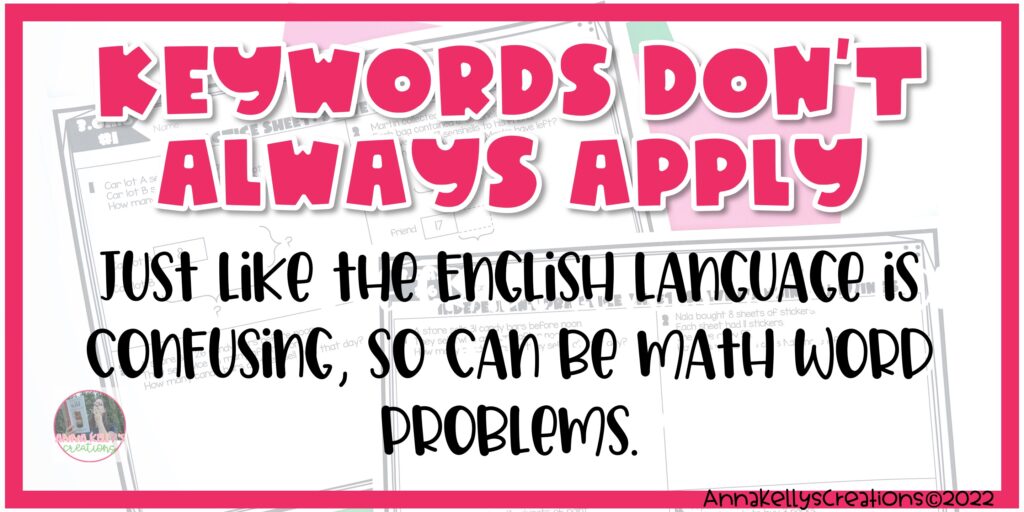
Keywords can be Confusing.
We all know that English is confusing and honestly math problems can be too. I know that teaching keywords sounds like the perfect strategy to help students solve math problems. I thought so too, but then too many times, the keywords let my students down. They still didn’t know what the word problem was asking them. All that they knew is that they found the keyword. Or even better, there was no keyword to be found.
So, that’s when I decided to make a change. Now, when it comes to math word problem solving strategies I give my students tools that can help them unpack pretty much any problem.
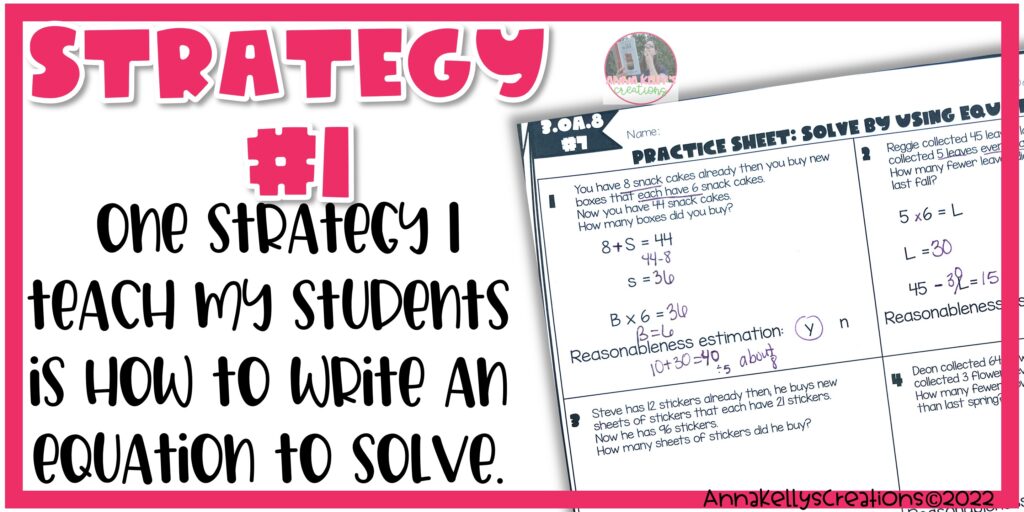
Writing an Equation to Solve Math Problems
One strategy I teach my students is how to write an equation to solve. This helps them visualize the problem and understand what it’s asking them. This is much more concrete for my special education and intervention students who need more step by step, concrete visuals, and I think that it would be just as beneficial for other students.
Teaching students how to use a variable, “x,” is applicable not only for basic word problems, but also for more advanced algebra problems that will soon start appearing in their standards if they haven’t already.
Write A Story:
What I teach students to essentially do is write a math story. Students write a story in order by plotting out what happens at the beginning, middle, and end of the word problem. I’ve taught my students that there is always an unknown value, which we use a variable “x” for. Let me show you how it works using a basic one-step word problem.
Purnima and Harold had 76 stickers in all. Harold gave away 21 of the stickers. How many do they have left?
Beginning: 76 stickers
Middle: Harold gave away 21
End: How many left?
76 – 21 = x
By listing out what happens in the beginning, middle, and end of a problem, students are able to understand 1) what is happening in the problem and 2) what they need to solve for. This helps them determine what operation that they need to use. So often I’ve seen students perform the wrong operation because they were just guessing at which one to use from their keyword chart. Take the time to make sure students understand what the problem is asking them so that they can choose the appropriate tool to solve.
This process works for two-step problems as well. Take a look at the one below:
Josh made 23 paper airplanes.Tyler made some too. Lee made 34.All together the boys made 70 airplanes. How many did Tyler make?
Beginning: Josh made 23 airplanes
Middle: Tyler made some x
Middle: Lee made 34
End: all together 70
23 + x + 34 = 70
This strategy works well to help students dissect the problem and truly understand what they’re solving.
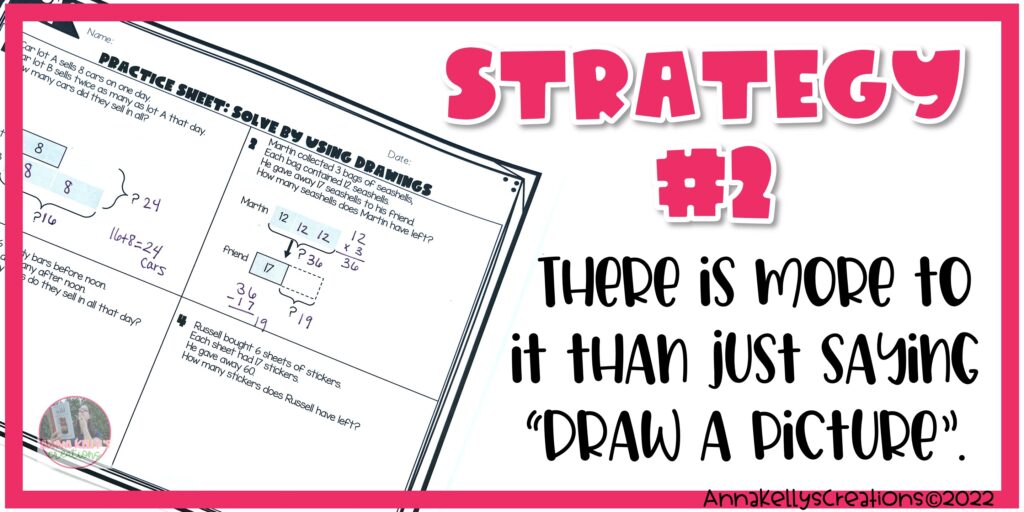
Drawing a Picture to Solve Math Problems
Drawing a problem out is always a great way to help students see what’s happening, but you can’t just say, “ Draw a picture“. Your students will be wondering what to draw. Instead, you need to walk students through what should be drawn on their paper.
Teach students the bar model method to help them visualize. Have students draw bars to represent each value in a word problem and then compare it to the total bar. This can help students physically see the differences in the numbers in the word problem.
Using a bar model like the one in the picture above can help students see what they need to do solve.
I know that I kind of slammed teaching keywords up there. I’m sorry about that. Having an idea of keywords is important, but I want to emphasize the fact that they are not the only way to help students successfully understand how to solve an equation. Students need to visualize and dissect problems in order to solve them, especially if the keywords that they’ve studied are nowhere to be found. That’s why writing an equation and drawing a picture are two math problem solving strategies that are implemented with my special education and intervention students year after year.
My advice: take the pressure off to memorize keywords and help students unpack what the problem is asking them visually and operationally.
Try some of these word problem solving strategies with your students using these already made for you interventions. HINT: Check out the preview for some free samples to test out!
Where do you start for intervention?Check out my blog post on using assessments and analyzing IEP goals to help.
How do you feel about keywords? Comment below to share why you think they do or don’t work in the classroom to solve math problems!

